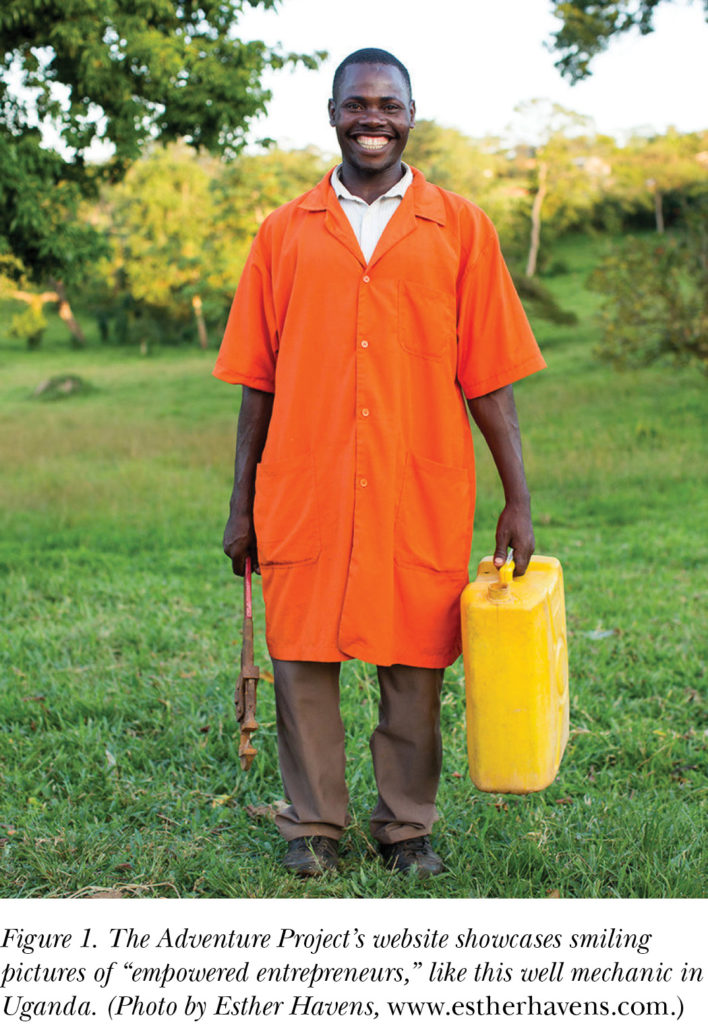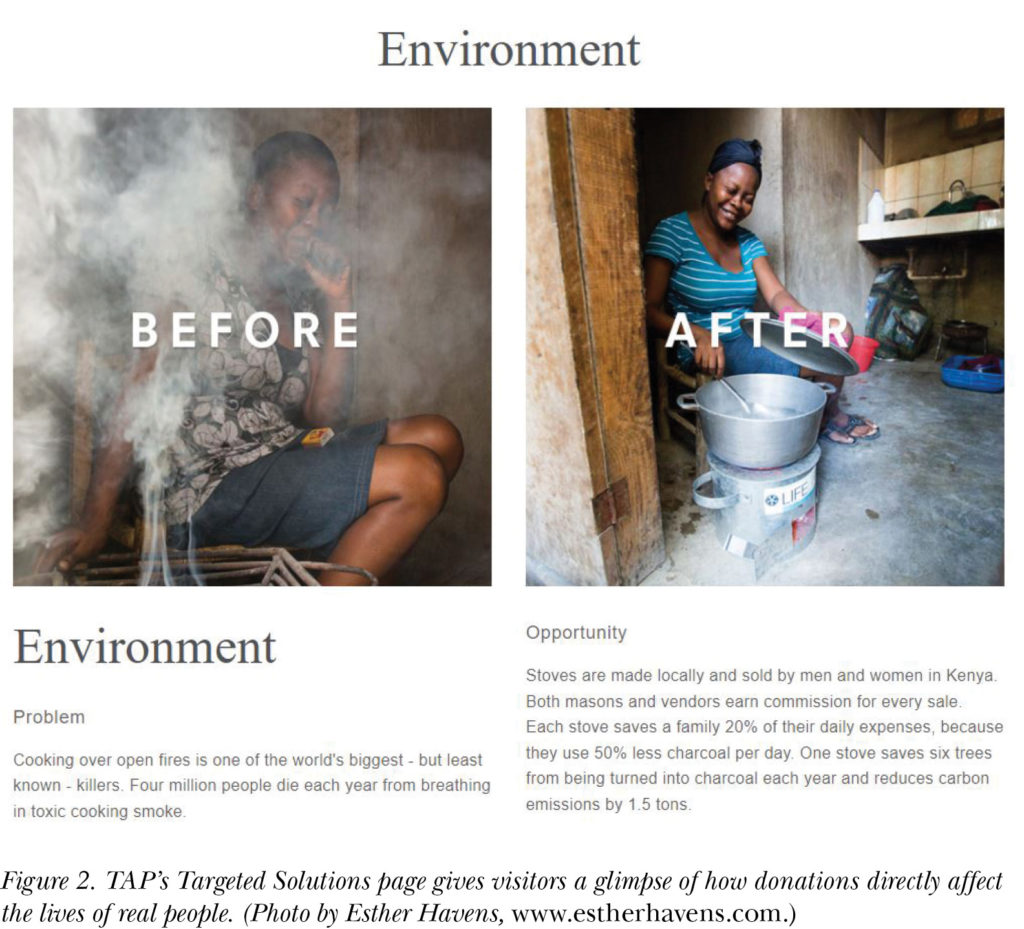By Kathleen Franks
When you think about the types of roles one could have in a nonprofit organization, your first thoughts might include executive director, volunteer coordinator, or fundraising organizer. Technical writer might not cross your mind, but even if a nonprofit employee doesn’t have the official title of technical writer, they likely use technical communication skills, techniques, and approaches without realizing it.
Nonprofit organizations have big tasks to accomplish: garnering financial support, destigmatizing a problem, and helping people who often belong to marginalized or misunderstood groups and communities. Accordingly, nonprofits have to pay special attention to the way they frame problems, portray people, and communicate with the public. Technical communication plays a major role in each of these activities.
Nonprofits and Technical Communication Are Human-Centered
Nonprofits and technical communication intersect at their mutual interest in humanity. Without advocacy, neither nonprofits nor technical communication would be as meaningful to the world. Technical writers advocate for their users every day by creating usable documents that can make their users’ lives easier. Nonprofits advocate by providing services, support, and supplies to people in need. Advocacy can take many different forms, but true advocacy is always human-centered.
Technical communication is often concerned with topics like social justice, public health, and other critical matters that directly affect real-life people. Due to the nature of these subjects, technical communicators have the opportunity to either advocate or cause egregious harm, as our work might influence how the public views and treats these issues. When it comes to social justice, scholars Natasha Jones and Rebecca Walton say it best: “[Technical communication] investigates how communication, broadly defined, can amplify the agency of oppressed people…. Key to this definition is a collaborative, respectful approach that moves past description and exploration of social justice issues to taking action to redress inequities.” Put another way, activism can sometimes run the risk of “talking over” oppressed people’s own voices. Through empathy, however, and a true desire to understand the other person’s situation, needs, and goals, technical communicators can use their unique set of tools and skills to “amplify the agency” that people already possess.
The Adventure Project’s Take on Empathetic Activism
When I was younger, there was a commercial for a charity that claimed you could save a child in a developing country by donating only cents a day. The narrator of this commercial was a grandfather-type figure with white hair and a beard, holding hands with a small, dirty little girl who had just been shown searching for scraps of food in a mountain of trash. Her guardians were nowhere to be seen. As he told her story, the narrator and the little girl looked directly into the camera. The girl never spoke a word.
While this widely used approach to fundraising may be successful, the implication is that people in impoverished areas lack the agency to survive without the generosity of strangers. The problem with this method is that it (perhaps unintentionally) helps propagate White Saviorism, which, according to Urban Dictionary, is the phenomenon of “western people going in to ‘fix’ the problems of struggling nations or people of color without understanding their history, needs, or the nation’s current state of affairs.” Because the White Savior often neglects to learn about the specific context of the people they’re trying to help, their blind benevolence is an act of colonialism—that is to say that they “fix” things according to how they best see fit, based on their own knowledge, experiences, and goals.
But this isn’t always the case. In the Summer of 2018, I interned for The Adventure Project (TAP), a New York-based nonprofit that works to create jobs, such as self-sufficient farming and charcoal-efficient stove manufacturing, for people in developing countries so that they can simultaneously earn an income and help their own communities. TAP is different than many other nonprofits in that it strives to solve the problem of poverty itself rather than only treating its symptoms. Instead of giving handouts, TAP works with its partners to recruit and train local people to be entrepreneurs who provide basic health care, manufacture stoves, or sell food to people in their community.
What I love about TAP is that they work with the mindset of fostering someone’s confidence, knowledge, and abilities.
If you want to feel encouraged to donate to a nonprofit, just visit TAP’s website. You won’t find any sad pictures of people who need your help, but vibrant photographs of smiling entrepreneurs who are sponsored by The Adventure Project, like the well mechanic in Figure 1. What you see when you explore their website are people in developing countries who, with just a little training, are able to support themselves and provide vital services to their communities. More than anything, TAP strives to humanize the people of the “third world” and to break the stereotype that they need the West’s handouts to survive. The reality is quite the contrary: Not only can they work for themselves, but they can speak for themselves as well!
For TAP, the solution to the problem depends on how you choose to see the problem. The problem isn’t that people in developing countries cannot help themselves; it is that they often don’t have the education or resources to get started. Through this lens, the solution is clear: Give them support to get started, and they will do the rest.
Using Storytelling Techniques of Technical Communication to Keep Donors Interested
Donors love good storytelling, and they want to see what effect their donation has had. Keeping donors involved in the narrative of the organization’s cause strengthens the nonprofit’s ethos and gives donors a sense of community and sponsorship.
During my internship, I was particularly impressed by the effectiveness of The Adventure Project’s up close and personal storytelling. TAP knows that donors want to see the results of their investment, and they provide this information through a spotlight of someone who has been helped by donations. The Collective, TAP’s registered monthly donors, receive a monthly email that provides updates on program progress, opportunities to get involved in upcoming initiatives, and photos of entrepreneurs in the field. Occasionally, TAP even goes above and beyond to create a personal connection between their supporters and entrepreneurs. In 2017, TAP surprised Mandy, one of their fundraisers, with a visit from Diana, a well mechanic from Uganda who had, at that time, been able to fix 54 broken wells thanks to TAP supporters’ donations. TAP’s conscious effort to make their donors feel involved and appreciated has kept 285 donors coming back month after month.
Even if someone doesn’t want to give monthly, they can still see how their one-time donation will help someone. The Targeted Solutions page of TAP’s website gives context to each of their four focus areas (the environment, hunger, health, and water) by describing the problem as it relates to a specific location and how TAP entrepreneurs can improve the situation. The Environment section, for example, shows the before and after photos of a Kenyan woman whose life has been changed by a TAP-sponsored stove mason (see Figure 2). In the before photo, the woman is shown coughing over a smoky open flame, clearly uncomfortable. Below this photo, the caption reads, in part, “Four million people die each year from breathing in toxic cooking smoke.” The after photo shows the same woman, now smiling, cooking over a charcoal-efficient stove that she was able to purchase thanks to a TAP entrepreneur (and TAP donors). Below this photo is a description of the various positive implications of a charcoal-efficient cookstove. Though the caption doesn’t specifically mention the health impact, it is implied that families who use a charcoal-efficient stove will have less risk of developing smoke-related illnesses. In this example, TAP’s audience sees how a simple charcoal stove can change someone’s lifestyle, disposition, and health.
By using simple photographs and blurbs, TAP keeps the focus on entrepreneurs in a way that doesn’t rob them of dignity or agency. TAP donors aren’t just giving people stoves and leaving; they are helping someone to learn a trade, make a living, and provide an ongoing service. Supporters feel empowered, because they see how their donations are used to empower someone else. They use this information to inform their future decisions to donate and to persuade other people to donate.
Final Thoughts
Technical communication shouldn’t be a scary concept to nonprofits, because they’re likely already using it. TAP proves that technical communication can be an effective tool in fundraising and empathetic storytelling. By framing the problem to focus on long-term solutions and showcasing the impact local entrepreneurs have on their communities, TAP’s unique approach to charity provides an opportunity for people in developing countries to learn, grow, and prosper. When donors see how they have helped real-life people in life-changing ways, they feel encouraged to continue their support and tell others to do the same. Nonprofits don’t necessarily have to do anything drastic to create a mutually beneficial experience. It can be as simple as empowering people and providing a rewarding relationship for all involved, and all of this can be conveyed using technical communication skills, techniques, and approaches.
KATHLEEN FRANKS (kdf0015@auburn.edu) is a recent graduate from Auburn University’s Masters in Technical and Professional Communication Program. She is currently working as a Technical Writer/Administrative Assistant in the defense industry in Huntsville, AL.
Resources
Jones, Natasha N., and Rebecca Walton. “Using Narratives to Foster Critical Thinking about Diversity and Social Justice.” In Key Theoretical Frameworks: Teaching Technical Communication in the 21st Century, edited by Angela M. Haas and Michelle F. Eble, 241–267. Louisville, CO: University Press of Colorado, 2018.
The Adventure Project. “A Surprise to Remember,” The Adventure Project (blog). 7 March 2017. https://www.theadventureproject.org/news/2017/3/6/mandy.
“White Savior,” Urban Dictionary, accessed 10 November 2019, https://www.urbandictionary.com/define.php?term=White%20savior.



